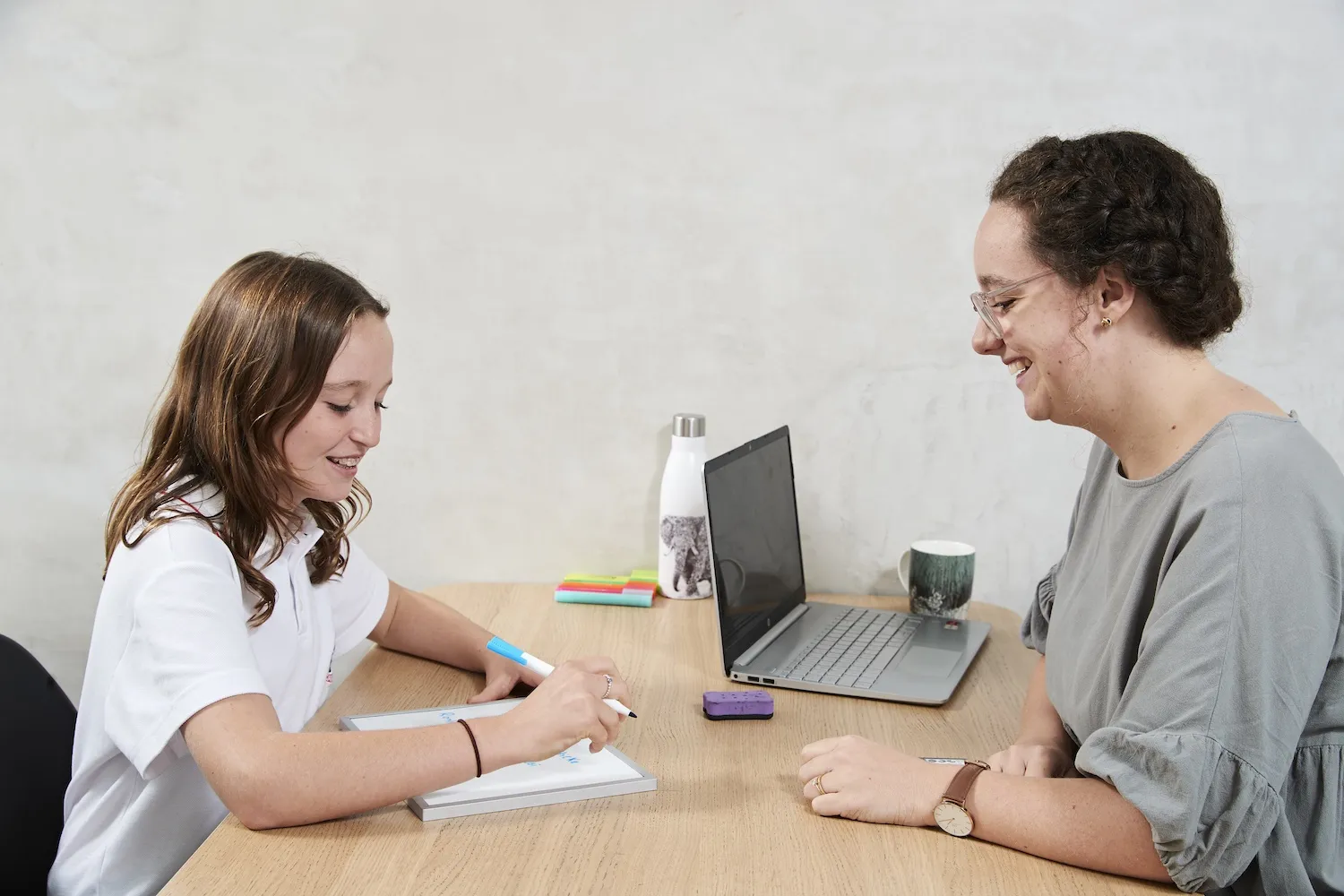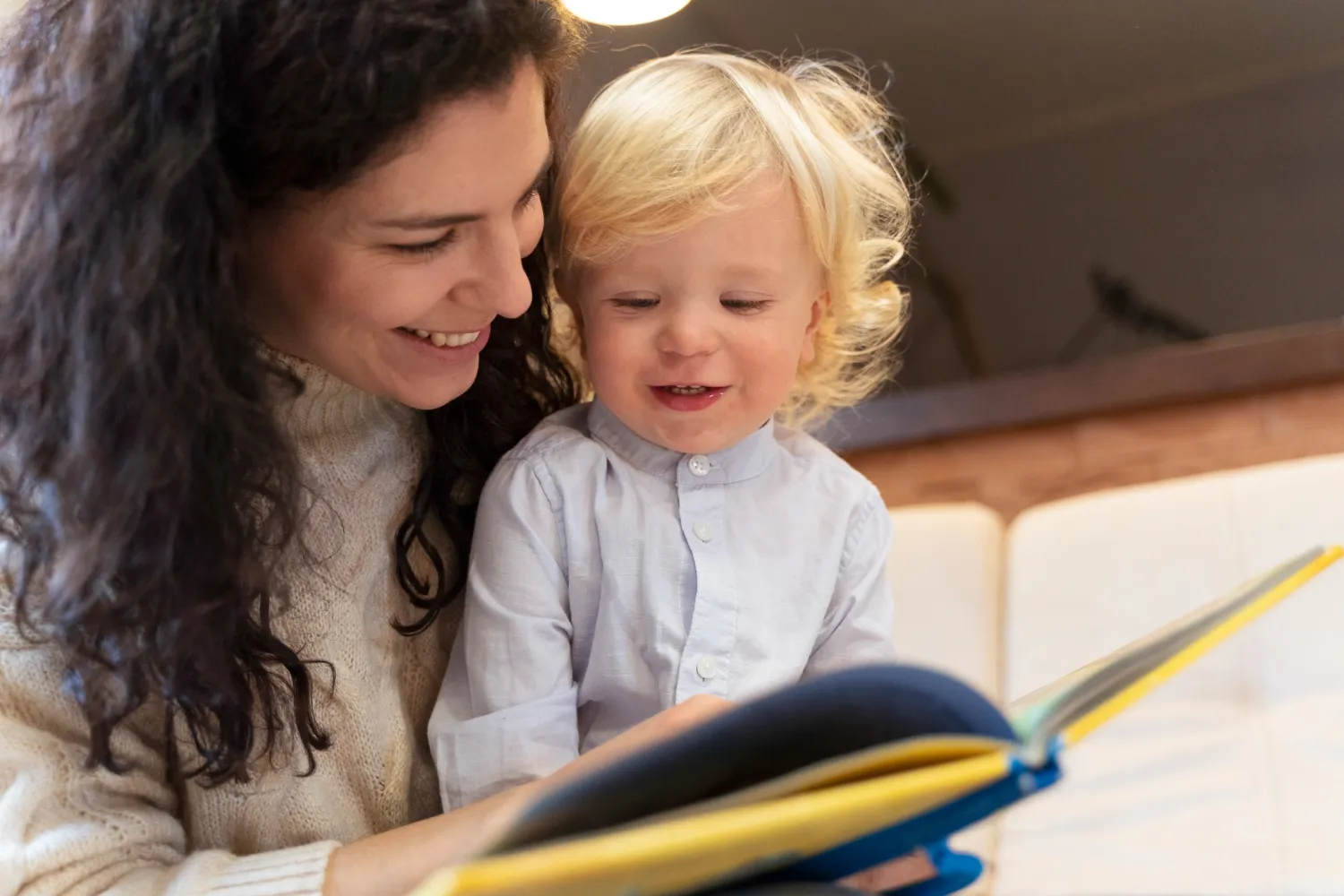Sign Language to Help Children Communicate

Sign Language to Help Children Communicate
Sign language is a visual language that uses hands, shapes, movements, and facial expressions to communicate words and sentences. Contrary to popular belief, sign language isn’t solely for those who are hearing impaired. Sign language can be a valuable tool to help children communicate, particularly before they develop verbal language or for those who experience speech delays.
For children who are not yet able to speak, sign language often comes naturally, through gestures such as pointing or developing personal signals to represent specific feelings or requests. Learning to communicate without words can help to decrease frustration and prevent tantrums.
The benefits of learning and using sign language
- overcome communication challenges - Sign language offers an alternative means of communication for children who are currently unable to verbally express themselves.
- encourage development - Learning sign language can boost cognitive development and stimulate children’s visual and motor skills. Introducing the signs of the key words used in your home can be a valuable precursor to the development of speech and language skills. Sign language introduces children to the fact that an action or symbol can be used to communicate something, much like a word is a spoken symbol.
- Promotes social interaction - It encourages social interaction and it empowers children to connect with their peers, regardless of linguistic or hearing differences.
How to use sign language with my child
Regardless of whether you have a hearing impaired child or not, you can use sign language to provide your child with additional ways to communicate and express themselves.
- Consistency is key - be consistent at using signs alongside your speech. Repetition helps children remember and to feel confident integrating signs into their communication.
- Make it fun - Use signs when singing familiar songs or choose songs that have actions that go along with them such as “Incy Wincy Spider”, “Open, Shut Them” or “Twinkle Twinkle Little Star”.
- It’s never too early - children as young as 6 months are able to learn basic signs for essential words like “more” and “milk”. Pick signs that suit you and your regular routines.
The Auslan (Australian Sign Language) Signbank and Key Word Sign Australia are great websites/resources for parents looking for more information.









.webp)

















